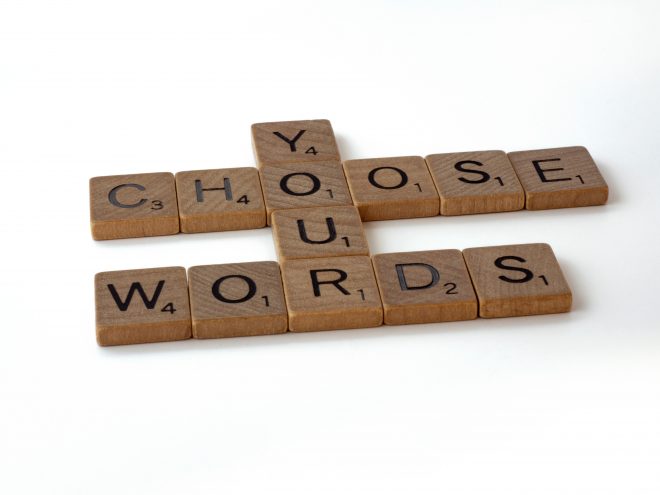How to recover when you botch a media pitch

Have you ever sent a pitch with a typo or the wrong person’s name in it?
Embarrassing, sure. And you probably forgot about it by lunch.
But I bet you’ve never sent a pitch seven years too late to four journalists, including two you just met.
Nope, that rare honor belongs to me. And in the era of gatekeepers getting fed up with bad pitches, it could have resulted in my being put in the bad PR pro corner – and the loss of potential media coverage which could have cost my company client trust and money.
Thankfully, I was able to use humor and humility to save the relationships. Two of the journalists laughed at the mistake along with me, and two of them were working with me on new stories within days.
Here’s how I made it happen.
Quickly own up to your mistakes
It’s natural to want to duck and run after a big mistake, or to hope that everyone forgets that it happened. But the better way to handle mistakes is to acknowledge them quickly and forthrightly. After all, while media gatekeepers have little time to waste in the era of strained news budgets and fast-moving media cycles, they are also human.
Acknowledging your mistake, especially if you’re doing it proactively, bolsters your credibility. And it helps journalists know that you are not an AI bot – but instead a real person who makes mistakes, corrects them, and laughs along with them at your mistake.
This is especially important in the era of copy-and-paste pitches and platform-based media lists. Being seen as human will build real relationships with the real gatekeepers whose trust is key to securing quality media coverage.
Again, it’s easy to want to hole up and hide from a botched pitch, or to just wait a while before pitching again. But journalists get a LOT of bad pitches, so being proactive can repair a damaged bridge – and perhaps even make the relationship better because you saved the gatekeepers time they intended to spend looking at your pitch.
Have fun with it
I’m generally the most outgoing person in any zip code. Or county. Or state. It means that I’ve made a lot of mistakes that were out for the public to see.
I’ve also learned that most people understand that we all make mistakes. And if you can throw humor into the mix, they’ll probably laugh – not at you, but right along with you.
That’s what I did when I owned up to my mistake. I was also succinct, so as to not further waste anyone’s time. Here’s the email I sent:
I’m an idiot. I somehow missed that the Reuters story is seven years old. I’m going to put myself in the “bad PR pro” corner. I’m sorry for wasting your time with this pitch and follow-up.
It’s not a groveling e-mail, and it doesn’t exaggerate the offense. It’s just a humorous version of Chris Voss’ famous accusation audit – and it takes all the wind out of the offended person’s sails.
Improve
Everyone knows what makes up a great pitch. Prior to this mistake, our process had four steps:
- Confirm the Three Ts (the right TOPIC at the right TIME from someone with the right TITLE),.
- Determine the outlets that work best for the client/employer narrative and preferred PR style.
- Dig up the gatekeepers at the outlets which are most likely to find value in what you’re sending.
- Check each gatekeeper’s beat and style to ensure the pitch is as tailored as necessary.
Now, we have a fifth step – review the fine details of the hook. My mistake was trusting that the perfect hook Google showed me was current, because it was near the top of the search’s Page 1. It’s never been a problem before – but it was once, it may become one again, and so we need to get ahead of it so it doesn’t become the gatekeeper’s problem and my clients’ problems.
Your PR advantage – being human
The best PR pitches are those that go to the right person at the right time. But nobody’s perfect, and sometimes you will botch it. I still get pitches despite not having been a regular journalist since 2016.
But nobody is perfect, and we’ve all taken shortcuts when jammed on deadlines. We’ve missed important typos and put the wrong journalist’s name in the pitch.
By being human, you can not just save the relationship – but even improve it.
This piece was originally published by Dustin Siggins at PR Daily.

